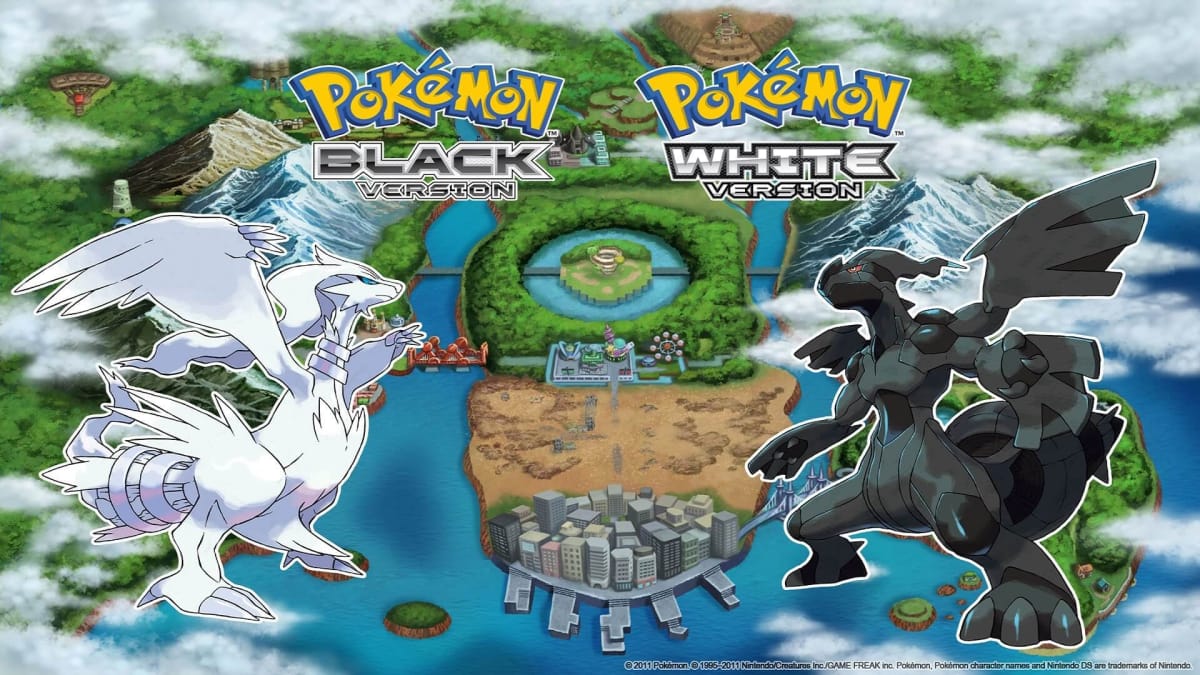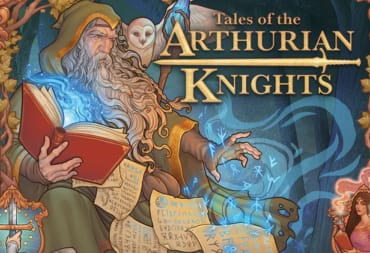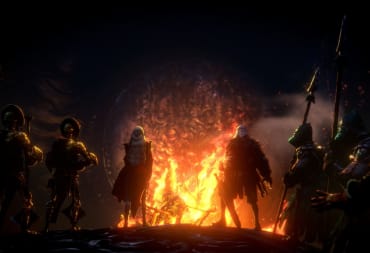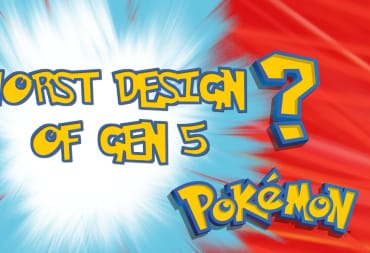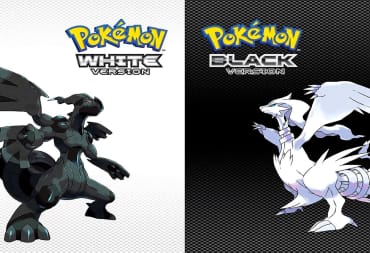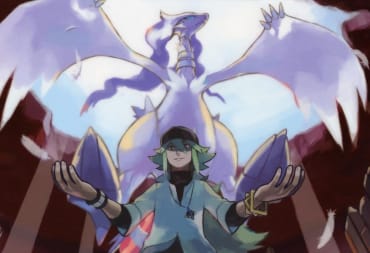The Year of Pokemon continues here at TechRaptor, celebrating 25 years of the monster-collecting franchise with a look back at the games one generation at a time. We're at Gen V now, so let’s dive into the details of the generational changes, development of the games, every new batch of Pokemon, and a quick look to the future.
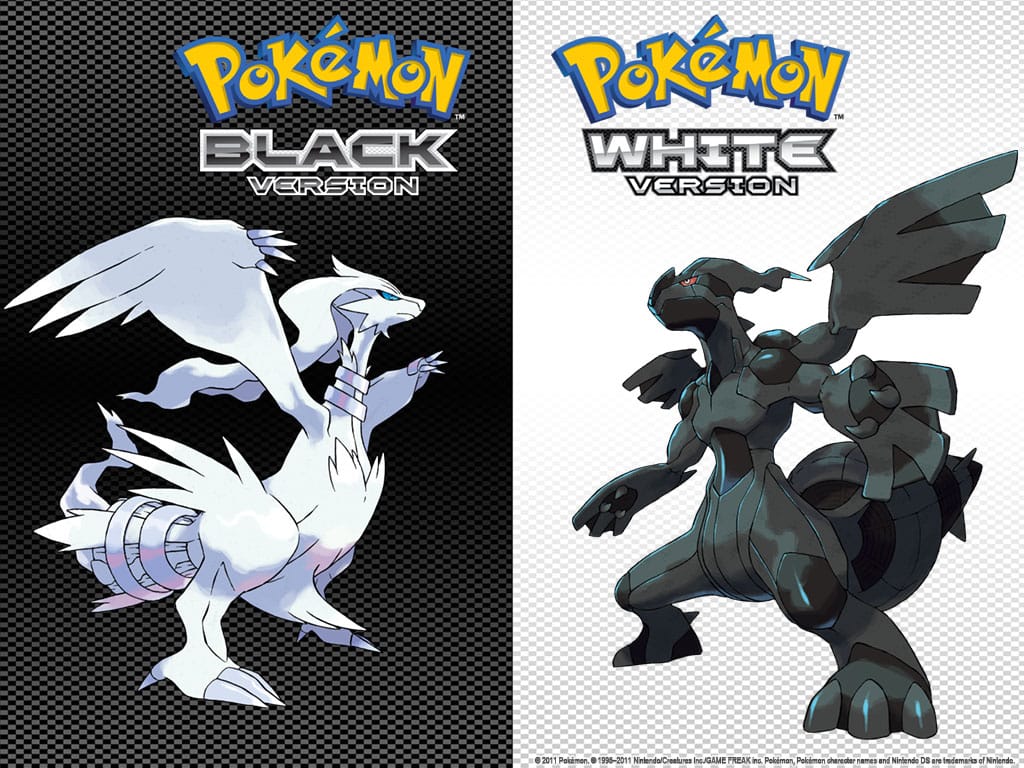
In September 2010, at the height of the still-best-selling handheld of all time, the Nintendo DS, Pokemon Black and White arrived and heralded a new generation. They wouldn’t make it to the west until March of 2011, but this was the closest to a simultaneous release that the franchise had seen yet for a mainline game. While Gen IV arrived in 2007 right at the beginning of social media, Gen V’s release was just about when the idea had established itself completely.
Daily use of the internet had become a staple of many homes in the West. Facebook and Twitter were part of many people’s daily routines, Tumblr had just reached relevance, and YouTube was in full swing. I was in high school, too cool to be playing Pokemon like a little kid, and so unfortunately I missed out on a generation (temporarily). I was too busy being cool in… marching band? But I digress.
Changes from Generation IV
The jump from Gen IV to Gen V was understated, if not underwhelming. There were no huge mechanical changes to battling or leveling or stats and only minor graphical upgrades. Gen V did bring a lot of minor changes, however, that built upon the foundation of Diamond and Pearl in a meaningful way.
The first change, noticeable almost immediately after leaving Aspertia City, is that no Pokemon from the previous four generations exist in the wild. The 156 new Pokemon are all that can be obtained until acquiring the National Dex upon defeating Ghetsis at N’s Castle. No new evolutions or baby forms of old Pokemon either; this is a fresh, new crop of ... less-than-stellar pickings. But we’ll get to that. Hey, at least Pokemon are fully animated in battle now. More than two sprites? We’re living like kings.
While Kanto, Johto, Hoenn, and Sinnoh were all located in Japan, Unova saw an expansion westward and took place in New York City. Game Freak captured the move to the United States with different architecture, clothing, food and more to transport us to the City That Never Sleeps.
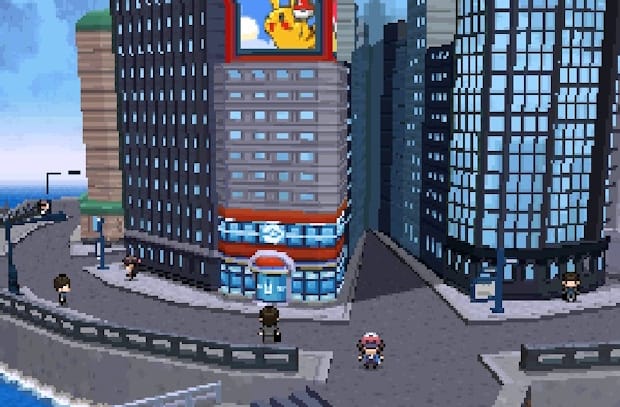
While the battle system remained pretty much the same, two new types of battling were introduced: triple and rotation battles. Triple battles are basically exactly what they sound like: just an extension of doubles with added layers of strategy and confusion. Rotation battles set three Pokemon on a rotating carousel that moved each turn, so placing the right Pokemon in the right place was crucial. Personally, I didn’t care for either of these styles and stuck to singles and doubles, thank you very much.
The Wonder Launcher was Pokemon’s honest-to-god attempt at trying to also be Beyblade. In these multiplayer battles, trainers attached a disc-shooting mechanism to their arm and created a loadout of items that were stored in the launcher. Disc items could be fired at Pokemon mid-battle to do basically the same things as regular items, though only in the pre-determined order. While I admire the attempt to shake up the battle formula here, the Wonder Launcher added an unnecessary layer of confusion to battling and was discarded in the next generation.
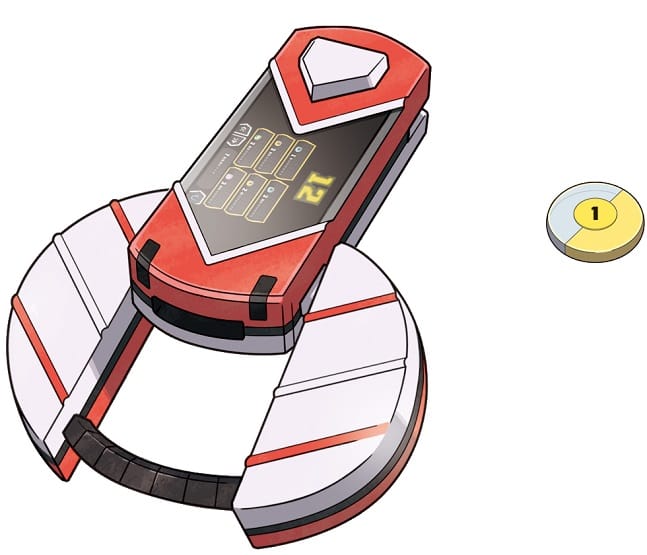
Overworld phenomena are now such a staple of Pokemon it’s hard to remember that they even had a beginning; rustling grass, dust clouds, shadows of flying Pokemon and rippling water indicated the presence of an encounter that players could choose to interact with. Similarly, Gen V introduced seasons that rotated on a monthly basis. These seasons influenced which Pokemon would appear, at what times, at what frequency, and even the background music. Want a Spring-form Sawsbuck in August? Sorry, gotta wait two months to find one.
In a move equally controversial and brave, the PokeMart hung it up and relocated to leasing out space inside the Pokemon Center. I know that on some level this makes a lot of sense and just helps streamline gameplay, but on the other hand, it was kind of distressing to lose the PokeMart. It was such a classic, noble institution, and to see that familiar blue roof disappear from towns was just a bit sad.
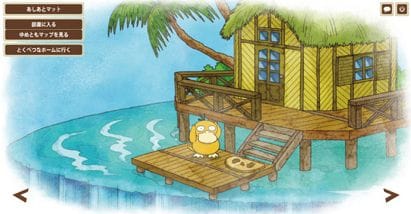
And we arrive at the Dream World. This strange union between a single-player neopets excursion and an idle MMO saw players send their Pokemon into the ether to hunt for items to bring back. Player homes in the Dream World were customizable, kind of an extension of Secret Bases. Using the Entralink, items and Pokemon could travel to different games in Gen V. You could access the Dream World from a browser on your computer to check in, farm berries, and hang with friends. The Dream World was a shaky execution of a great idea and would only become shakier with its Gen VII iteration, the Festival Plaza. Access to the Dream World was cut off when Gen V went offline in 2014.
For the first (and last) time in franchise history, Black and White received the aptly named sequels Black and White 2 instead of a third version or DLC. An all new sequel story took players back through Unova, with Pokemon from every generation appearing right from the start and new, fluid animations for trainers and Pokemon alike. Black and White 2 weren’t received quite as warmly as their predecessors, but they still offered a new story in which to enjoy some of the best parts of Gen V.
Also missing from Gen V are remakes of older games; Gen III featured Gen I remakes FireRed and LeafGreen while Gen IV included Gen II remakes HeartGold and SoulSilver. The forthcoming Gen VI would bring about Gen III remakes Omega Ruby and Alpha Sapphire. The lack of remakes in addition to actual story sequels leaves Gen V as sort of the black sheep of the Pokemon Generations, although that doesn’t have to be a bad thing at all.
The Story
Generation V is the first Pokemon game to feature what I would call a “story.” In previous games, story beats existed simply to move the player from point A to point B; there was no larger meaning to communicate, no themes to center around, no moral to chase. In Black and White, characters with goals and motivations interact, find conflict, and take action to achieve those goals. There’s an introduction, first climax, rising action, second climax, ultimatum, final climax, and falling action. In other words, the narrative has a structure. But how did the franchise’s first serious attempt at a story pan out?
Overall, I don’t think things came together as well as they were meant to, but the heart behind the story is there. The main focus of the story is the antagonist, N, who is not really the leader of the evil Team Plasma but works alongside them for a common goal. I say antagonist and not villain purposefully; N has a strange mixture of motivations that I think would classify him more neatly as an anti-villain. Orphaned and raised by Pokemon in the woods, he was eventually approached by Team Plasma’s leader Ghetsis, who proclaimed that N’s pure heart would one day make him King. This sounding a little cultish yet?
Raised in a castle and shown endless propaganda of wounded Pokemon hurt by humans, N grew to hate humanity and what it stood for. The Seven Sages, who are definitely just cult leaders, mold his mind until he dons the robes of the King as an adult. N’s mission as a grown man becomes to separate the world into two dimensions: the white and black worlds, one each for Pokemon and humans. It’s here that the tonal dissonance begins. In acknowledging N’s very real concerns about Pokemon fighting, Game Freak invalidates the basis of their entire franchise. Lampshading it with “oh Pokemon love fighting, actually,” just doesn’t cut it anymore.
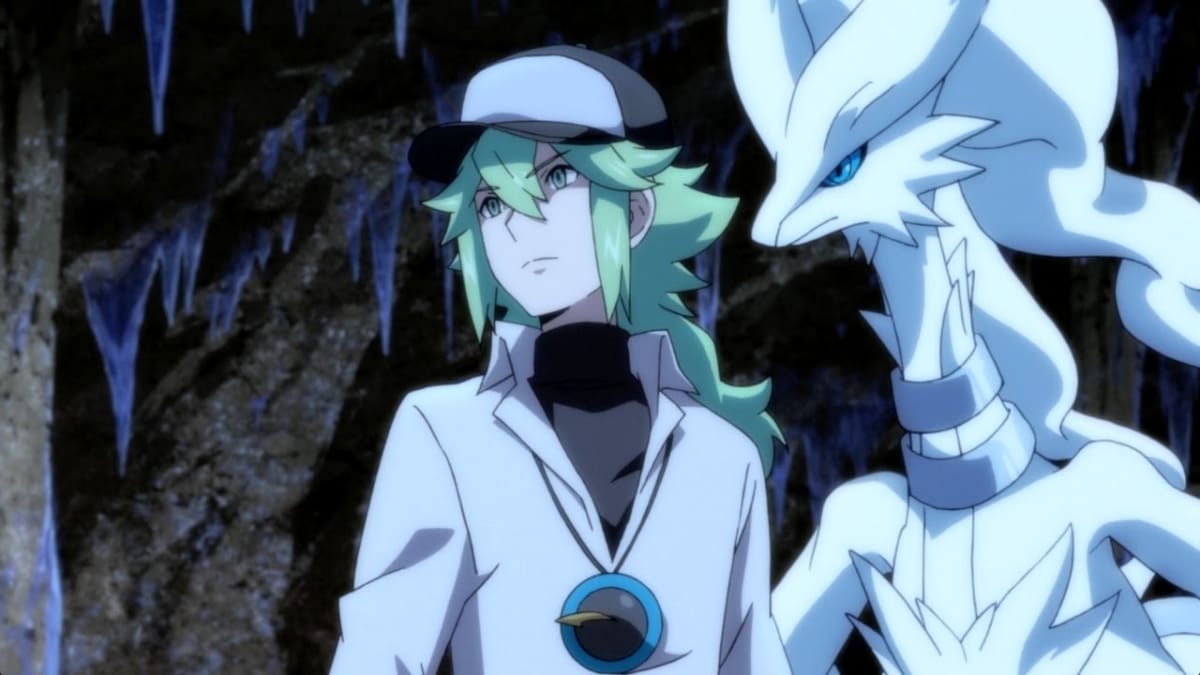
Pokemon has always had the very real issue of being about using animals to fight each other for sport. From its conception, Nintendo has consistently worked to build the brand around, “No, these are monsters fighting, not animals. So it’s OK! Don’t think about it too much.” And, largely, it worked. It’s not something I’ve thought about often as a huge Pokemon fan. But yes, at its core, Pokemon celebrates something violent. Just like nearly every other video game.
To a much lesser degree, this is Pokemon’s version of The Last of Us Part II; drawing such close attention to the violent nature of video games and the unapologetic eye we turn to such things didn’t help cushion it. N proclaims constantly that Pokemon shouldn’t be used for fighting and yet challenges you to Pokemon battles several times anyway. He acknowledges his own hypocrisy, and going beyond N as a character… it tears a big hole in the illusion of the Pokemon World.
Pokemon Black and White, did, however, take a chance. They were the only games in Pokemon’s storied history to present an ambitious narrative; from here on out, Pokemon stories would play it very safe. I still can’t say what the point was of calling into question the basis of your multibillion dollar franchise was, but at the very least Game Freak communicated that they cared about Pokemon.
The Pokemon
I’ve been a bit disparaging of Gen V up to this point, and unfortunately I’ll continue to do so. Gen V contained the worst, ugliest and most boring crop of new Pokemon we ever got, leaving many (including myself) questioning if art director Ken Sugimori and his team had simply run out of ideas.
As I glance over this list of 156 new 'mons, I truly feel that I’m reaching to find any good Pokemon. Chandeleure and its evolution line are fan favorites certainly; who doesn’t love a good ghost lamp? I know I do. Yamask and Cofagrigus were intriguing ideas inspired by ancient Egyptian artifacts. Beartic was nice, we finally got a polar bear. Ferrothorn is a pretty unstoppable tank in competitive play. Whirlipede is a big wheel of … bug…
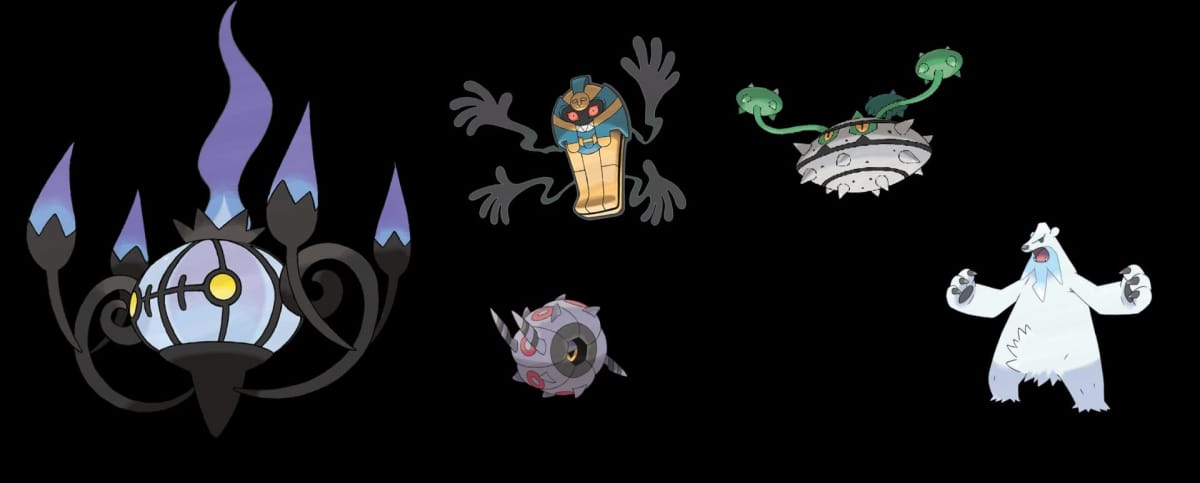
These designs are horrendous. They are largely based on nothing, communicate nothing about the Pokemon’s personality, and overall are unpleasant to look at. They are not cute, they’re not iconic, they are not lovable. There have been good and bad Pokemon in every generation, including Gen I (Exeggcute is just six eggs). And I am not just honing in on the ice cream cone. Take a glance at some of our worst offenders.
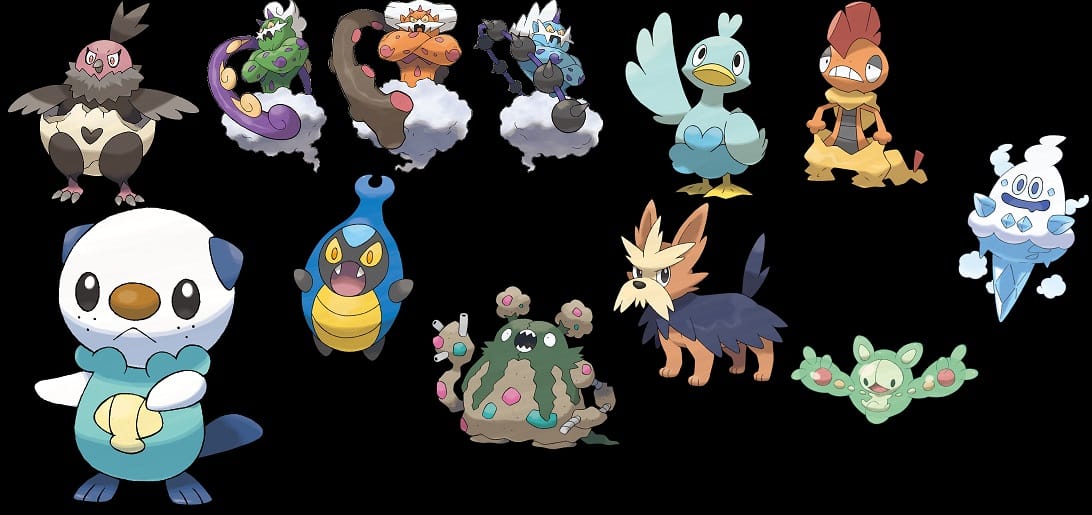
Welcome to Pokemon’s Worst of the Worst, starring: Vullaby, the fat baby vulture with a diaper made of an egg; Thundrus, Landorus, and Tornadus, the tentacle mustache genies; Oshawatt, the ugliest starter of all time; Karrablast, the screaming beetle that walks on two legs like a man; Garbodor, an actual pile of garbage; Ducklett, who is just a duck with no special features; Herdier, who is just a dog with no special features; Scrafty, whose ACTUAL SKIN is falling down around his legs like pants so he has to hold it up; and Reuniclus, who is a fetus floating in amniotic fluid. And yeah, OK, the ice cream one is one here, too.
Thankfully, Generation V was a low point for Pokemon designs. Generations VI, VII, and VIII would prove to each be increasingly better, and new 'mons like Falinks allowed me to reclaim the real estate in my brain that duds like Basculin and Tepig were occupying.
The Future
Generation V’s greatest claim to fame was really creating a JRPG story and attempting to get on the level of a Dragon Quest or even a Final Fantasy. While it didn’t land and maybe raised more than a few eyebrows, the narrative’s dedication to trying to make a point is praiseworthy—even if that point was, “Don’t think about Pokemon too hard, please.”
I suppose it should be no surprise at this point that Generation V is quite close to the bottom in my rankings, largely because of nearly every new Pokemon falling into the categories of either boring, stupid, or downright ugly. Still, Gen V sort of proved that Pokemon had reached the end of the road it could walk in 2D, and with Gen VI, we’d finally step into the third dimension.
Have a tip, or want to point out something we missed? Leave a Comment or e-mail us at tips@techraptor.net
